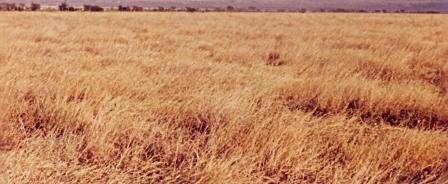There are diversified pasture and forage resources adapted to different ecosystems of the country. Studies show that 736 species of grasses, 358 species of legumes and 179 species of browse trees recorded so far in Ethiopia. Ethiopia is known to be a centre of origin and diversity to a number of herbaceous legume species in the genera: Trifolium, Vigna, and Lablab, among others.

Vegetation cover in pastoral grazing areas is changing from grassland to bushlands. High quality and palatable plants are being degraded in the rangelands as a result of overgrazing and invading indigenous and exotic plants. Area closures in Afar and Tigray Regions and establishment of biodiversity conservation garden in Somali Region have resulted in regeneration of desirable forage and browse species that were lost from the rangelands. The Somali region established a herbarium to characterize and document forage plant species of rangelands.
Highly palatable indigenous forage species such as Trifolium spp., Acallypha fruticosa, Cordauxia edulis, Acacia nilotica, A. senegal and some wild edible plant species are threatened. On the other hand, some Acacia species such as A. mellifera and A. nubica are invading rangelands. Farmers at Fogera Plain are focusing on expansion of farmlands instead of maintaining and scaling up the old tradition of cattle husbandry as a result of which, the forage species of the plain are threatened.
In general, the major threat of pasture and forage plants is overgrazing and/or over browsing and conversion of pasture land to crop land. As most of the pasture and forage plant species are found in the wild, their threats and trends are similar to those of the forests. The threat on the forage and pasture genetic resources, in turn, is a threat on the domestic and wild animal genetic resources and other components of the natural resource.
Source: Ethiopia’s CBD 4th Country Report
